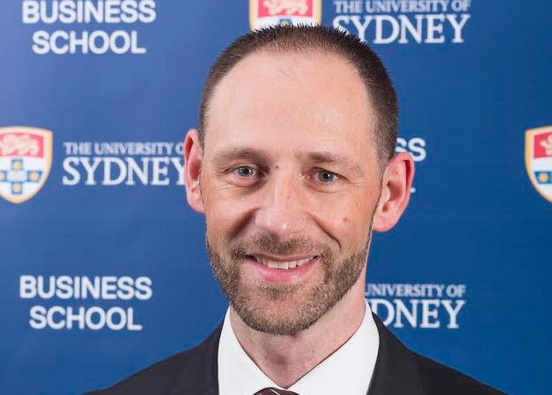Sydney’s transport modelling 60 years out of date and flawed
- Written by Trevor Watson

Modelling used by the State government to forecast traffic flows when planning new transport infrastructure such as WestConnex, has not changed since the 1950 and is flawed, according to a leading traffic expert at the University of Sydney Business School.
Dr Michiel Bliemer, who is the Professor and Chair in Transport Network Modelling in the Business School’s Institute of Transport and Logistic Studies (ITLS), also says the government is aware that its modelling is based in “unrealistic assumptions of traffic flows”.
Dr Bliemer points to the financially troubled multibillion dollar Cross City Tunnel as an example of infrastructure built without a “realistic” understanding of the number of vehicles likely to use it each day.
“The models that are being used today are based on the same assumptions that we made in the 1950s when there was virtually no congestion,” said Dr Bliemer. These models still assume that congestion is very light and that queues are unlikely to form anywhere in the network.”
“It’s a bit like going to the supermarket. The 1950’s model assumes that there are always enough checkouts and that queues will never form. When it comes to our roads, that kind of assumption is no longer valid, especially in Sydney where we have a lot of congestion that impacts on travelling times and that cannot be predicted by the old model.”
Dr Bliemer says because the government, aware that its modelling is no longer valid, will often warn that its assumptions and the actual results may differ.
In addition, he says that governments in this state and throughout Australia usually refuse to disclose the assumptions they have used when assessing the demands on a major piece of public infrastructure.
“They say there are concerns about confidentiality, especially when toll roads are being built, but in other countries this process is completely transparent,” says Dr Bliemer. “I think you should always disclose all of your calculations and all of your forecasting because the public needs to know how taxpayer’s money is being spent.”
The modelling dilemma facing the government, according to Dr Bliemer, stems from the size and complexity of Sydney’s road networks.
“Sydney is a very complex network consisting of thousands of road sections and many origins and destinations that all need to be modelled,” he says.
“We have to be able to model the movements of 4 million people all at once. We need to know how many are moving from home to work or going shopping every single day. The model needs to predict how many people are using a single road and the travel times they face.”
Through his research, Dr Bliemer has been also to build a model that he believes is able to cope with the size and the complexity of Sydney’s transport network.
“I’ve been working for several years now on mathematical models that can actually handle very large scale networks like Sydney with its congestion and limitations in capacity and still, in a single day, deliver forecast resulting in better travelling times,” he said.
“These models have already been incorporated into our software and are now being used by the government in the Netherlands.”
“When forecasting the future, you will always be wrong, but you want to be as correct as possible,” Dr Bliemer concluded.






